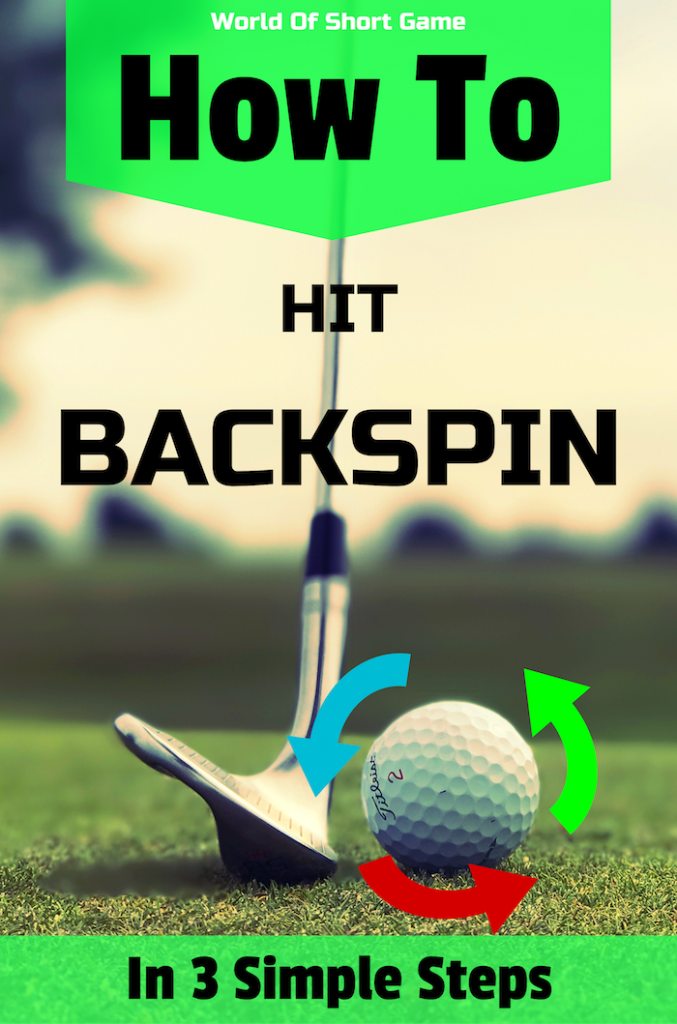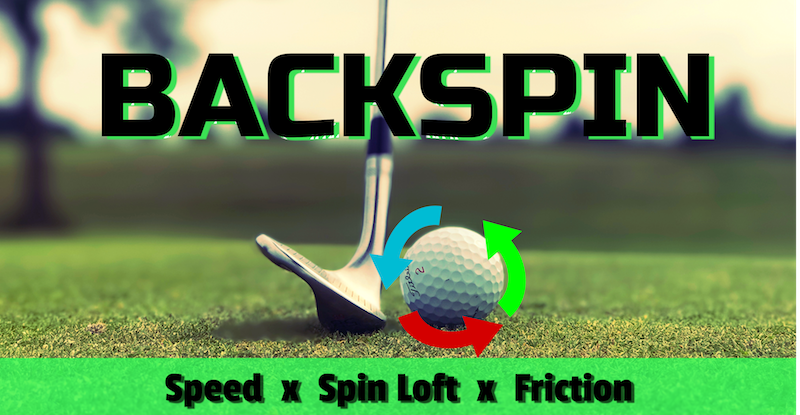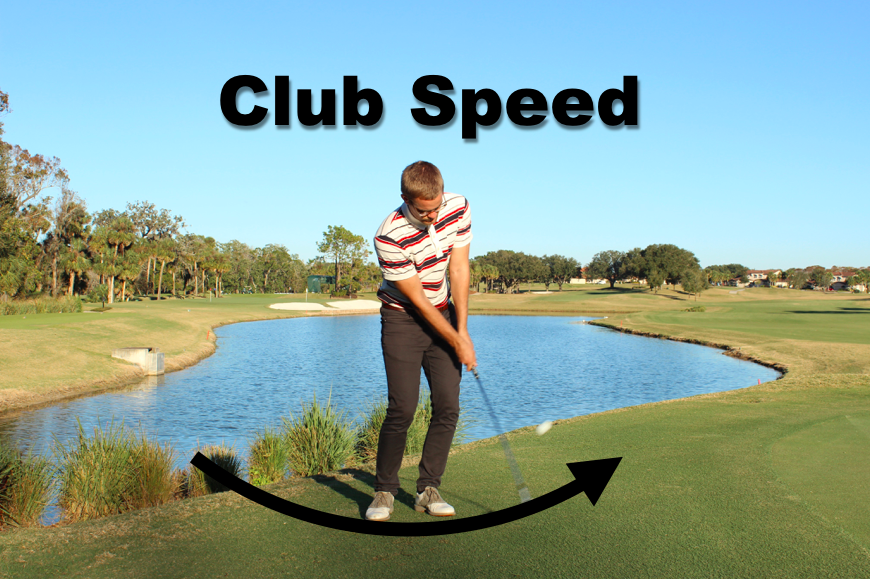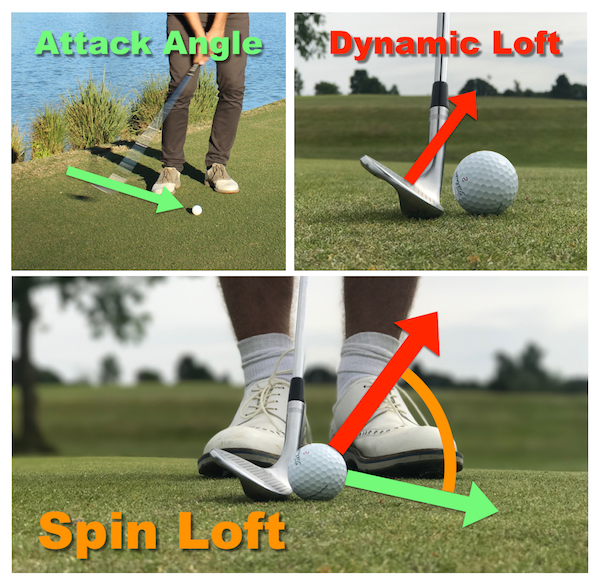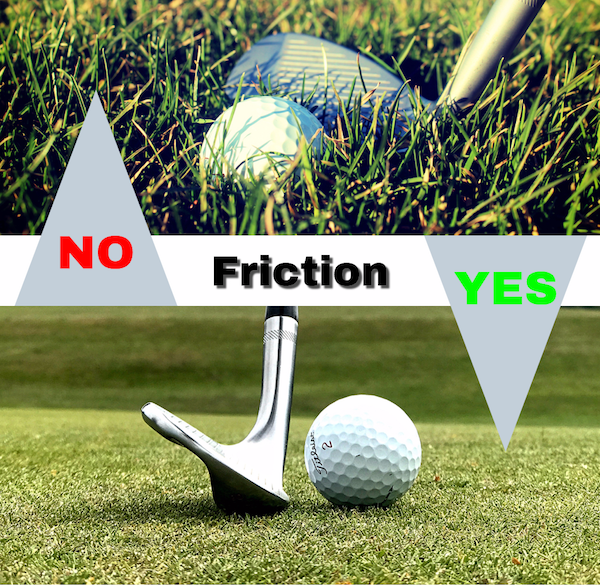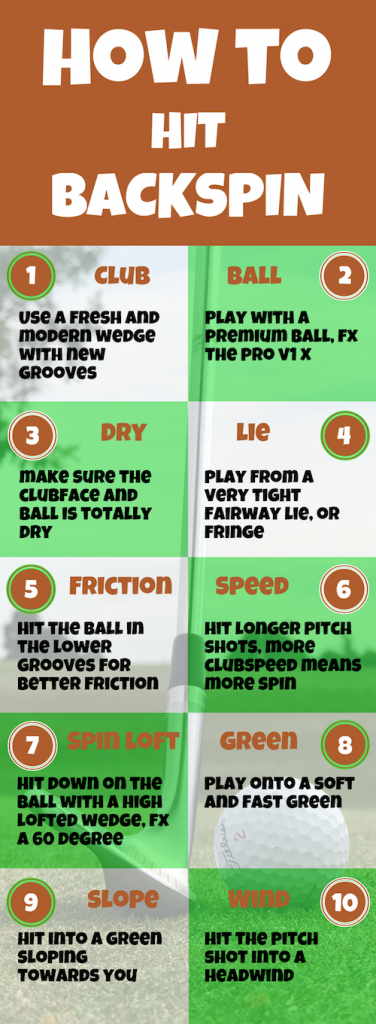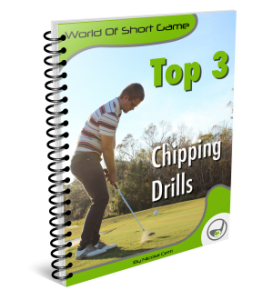- +4527976587
- mail@worldofshortgame.com

How to Put Backspin on a Golf Ball
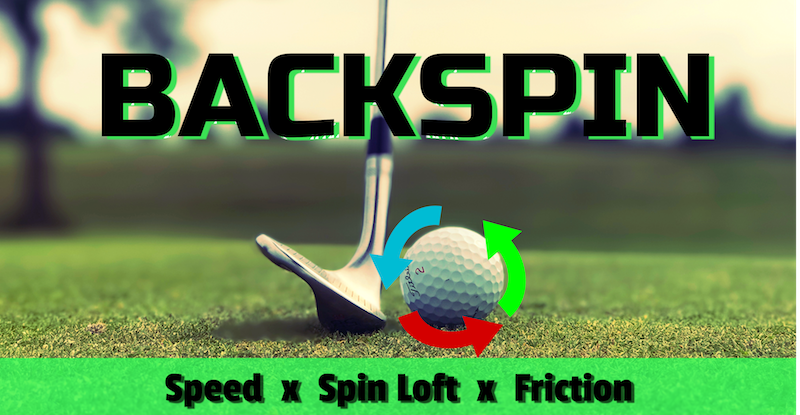
How to Put Backspin on a Golf Ball
How to Put Backspin on a Golf Ball
Everybody loves backspin and wants to hit it, but hardly anyone knows how it is done. If you fall into this category you’ve arrived to the right place. The below 3 steps formula will guide you through how to put backspin on a golf ball!
There are many different factors that needs to match before a proper amount of backspin is created on a golf ball. But here is the deal:
Every decent golf shot will cause backspin on the golf ball!
Actually you are already putting backspin on your golf ball. A decent strike with your irons, fairway-woods and even driver will cause backspin. But when most golfers refer to backspin, they mean when the ball lands, and then spins back towards themselves. That is what you will learn to do in the following. Spin Rate is the term used to described the amount of backspin on the ball.
The 3 step formula
At first you need to understand how spin on the golf ball is created. It comes down to a very simple, yet extremely complicated equation:
Backspin = Club head speed * Spin Loft * Friction
For the everyday amateur player these 3 components might seem a bit overwhelming. But don’t worry, I will break down each of the 3 factors that determines the amount of spin on the golf ball.
1. Club Head Speed
This is the simple one of the 3 factors that creates spin on a golf ball. The Club Head Speed is the speed that the clubhead travels with the moment it hits the ball. The higher the clubhead speed, the higher the spin rate will be.
Because of this it is almost impossible to hit actual backspin on a small chip, because the clubhead speed is very low. But on a 80-100 yards wedge shot, the clubhead speed is higher, and therefore you can generate a lot more spin on the ball.
What’s the bottom line:
The best chances for hitting actual backspin is on longer wedge shots. On theses shots the clubhead speed is relative high compared to a chip, and the loft of the club creates good conditions for spin to be created.
2. Spin Loft
The second factor in generating enough spin on the golf ball in order for it to spin back towards you after landing on the green, is something called the Spin Loft. The spin loft is an angle created between the Angle of Attack, and the Dynamic Loft. This will for most sound a bit complicated, but look at the pictures below.
The Attack Angle is the angle which the clubhead is travling on when it hits the ball. This is, and should usually be around -7 degree on pitch-shot, which mens the clubhead is traveling downwards with 7 degrees when it hits the ball.
The Dynamic loft is the angle the clubface has a impact. This angle is determined mostly by which club you hit, and how the shaft is aligned at impact.
The spin loft is the angle between the to above described factors. With a driver you usually wants to decrease the spin loft, to lower the spin rate, which will make the ball fly further. But in this case, we want to increase the spinloft, to create as much spin as possible. For this you will need a wedge with a good amount of loft, and the Angle of Attack to be downwards.
But here is the deal:
The spin loft can get too high! If the spinloft gets too high, relative to the conditions the shot is played from, no friction will be created, and without friction there is only minimal backspin on the ball. So a fully open clubface with a very steep Angle of Attack that produces a spinloft of 70 degrees is way to high to ever create any friction. But what is friction? Read on:
3. Friction
I like to explain friction as the glue between to golf ball, and the surface of the club face. The stronger the glue is, which means a higher amount of friction, the more the ball will spin. So, if you want to make the ball spin backwards when it lands, you need to ensure a high amount of friction between golf ball and clubface.
But how is friction created?
First, you need a dead solid strike. If you don’t hit the ball well, the spin-rate will never be high. So make sure your technique is good, and if you struggle with the contact, make sure to check these 9 best chipping tips.
Most of it comes down to the having the right conditions. The better the conditions are, the more friction you can create, and the more backspin you can make. Here are 4 conditions that has a MAJOR effect on the friction and by that also the spinrate:
• You need as fresh grooves on your wedge as possible (most tour pros changes their lob-wedge more than 4 times a year)
• You need a premium golf ball (usually a higher price means more spin)
• You need a DRY ball, a DRY clubface, and DRY grass
• You need as little grass as possible to get caught in between the ball and the clubface. A very tight lie, or a driving range mat, minimizes this amount of grass whereas a rough lie will create no friction and by that spin.
If these 4 conditions are right, you have a much better chance of increasing the spin-rate.
Now you might be wondering
I can’t control all of theses conditions. And that is 100% true. You can control which shape your wedge is in and you can control which ball you are playing with. But if you play on a rainy day, or if the ball is in the rough, the spin-rate is NEVER gonna be high enough to see actual backspin when the ball lands.
The other end of equation
Okay, that was a lot of information. I know it might seem a little overwhelming, but we are not done yet. All the above information was on how to maximize the Spin Rate on the ball. A really high spinrate does not guarantee backspin when the ball lands on the green. The following 3 factors will help you hit that backspina you´ve always wanted:
• A soft and fast green
• A green sloping towards you
• Headwind
If you hit a extremely high spinning wedge shot, onto a super firm and fast green, sloping away from you, in tailwind, the ball is not goanna spin back towards you. So pick a shot that has the above 3 mentioned factors right.
Lets put it all together
I’ve made you a list with 10 factors to give you better chances of hitting that backspin:
Good luck!
You are now a backspin-master! You’ve learned how backspin is created and in which conditions you will need to play if you want to hit backspin. Now it is time for you to go test it out in the real life! Before you leave, take a minute to share this article with one of your friends who would love to learn how to hit backspin. Click on one of the buttons below to do so 🙂
You must be logged in to post a comment.

